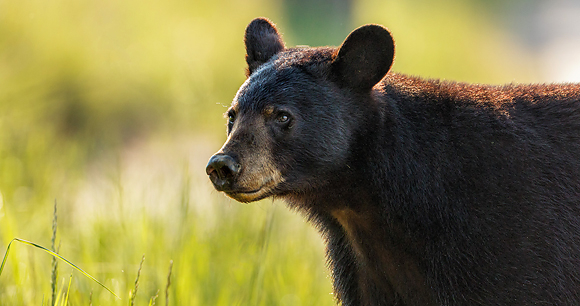
Though some carnivore and omnivore species are provided the highest level of national and/or international protection, many carnivores and omnivores are subject to lethal management through hunting and trapping for sport, food, trade, to protect livestock, and to remedy real or perceived threats to public safety. Even for protected species, like tigers, illegal killing to satiate the demand for parts used in traditional Asian medicines and for other purposes remains a significant threat to their continued existence.
Historically carnivores and omnivores were killed with reckless abandon out of fear, to remove the threat of predation to livestock or humans, and for the fur trade. Today, as science has revealed the importance of carnivores and omnivores to a healthy, functional ecosystem, there is an increasing demand that these animals be provided increased protections both worldwide and in the US.
In the US, bear, wolf, and cougar hunting are enormously controversial given the value of these species in the wild, a changing attitude emphasizing the need to protect these species. Many ranchers and hunters, however, continue to advocate for lethal control, claiming adverse impacts to livestock and/or “game” animals. Though such claims are grossly exaggerated, an anti-predator attitude continues to linger within federal and state wildlife management agencies—allowing the killing of carnivores and omnivores to continue and, in many cases, increase.
In reality, the number of domestic livestock killed by predators is far lower than the numbers killed by other threats (e.g., inclement weather, disease). Nevertheless, to reduce conflicts, a number of effective non-lethal tools are available to ranchers, including the use of shepherds, guard animals (e.g., dogs, llamas, burros), penning animals at night, penning near-term pregnant animals to protect newborns, the use of predator-frightening devices, and aversive conditioning of predators. In addition, the removal of the carcasses of domestic stock that are killed from the range is known to substantially reduce the risk of predation by eliminating an attractant.